
Plenty of people saw the sixth-generation Honda CR-V coming thanks to the magic of the Internet.
We’ve seen glimpses (and even the full exterior leaked) in the past, plus a tease of the interior. We knew that it would also come with a hybrid drivetrain, so all that Honda had to do was to fully unveil the vehicle. Which it just did.




The biggest and most obvious change is the CR-V’s larger size. The body is now 4,684mm long, 1,864mm wide, and 1,681mm tall (at the front; it’s 1,692mm at the rear). The previous generation was 4,623mm long, 1,855mm wide, and 1,668mm.
It also sports a more rugged exterior design direction, taking inspiration from the Ridgeline and the Passport TrailSport. With the repositioned windshield pillars and the new door-mounted mirrors, outward visibility has been greatly improved.
It rides on 18-inch wheels for the EX, EX-L and Sport trims, while that gets upsized to 19-inchers for the Sport Touring trim. And LED lighting comes as standard, including the signature vertical taillights.
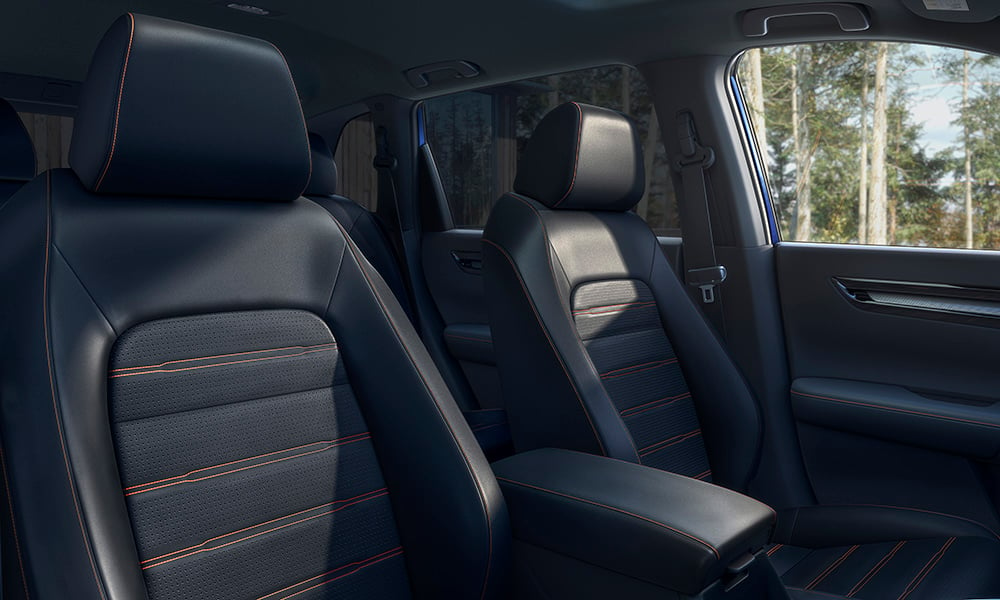
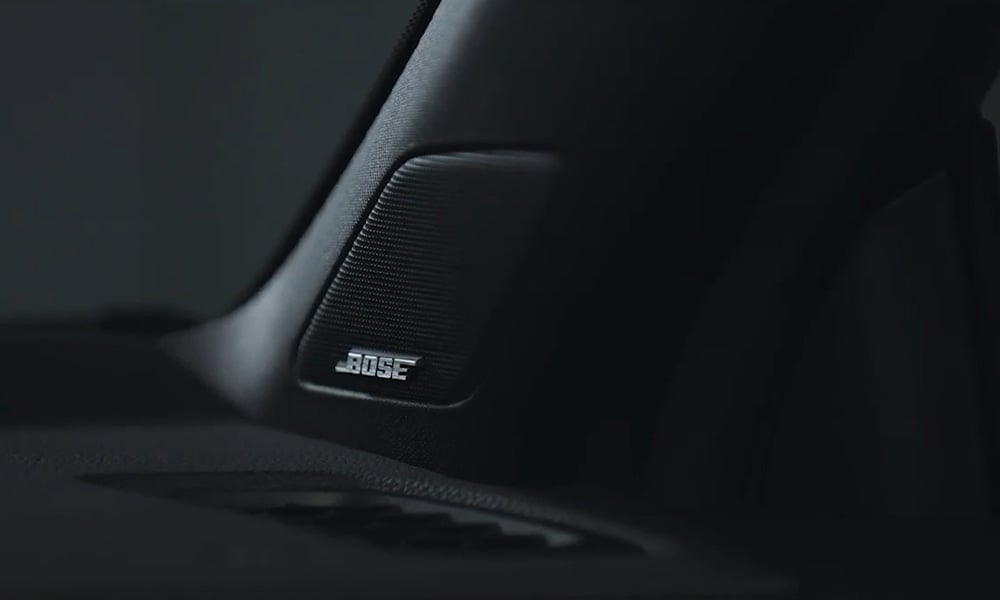
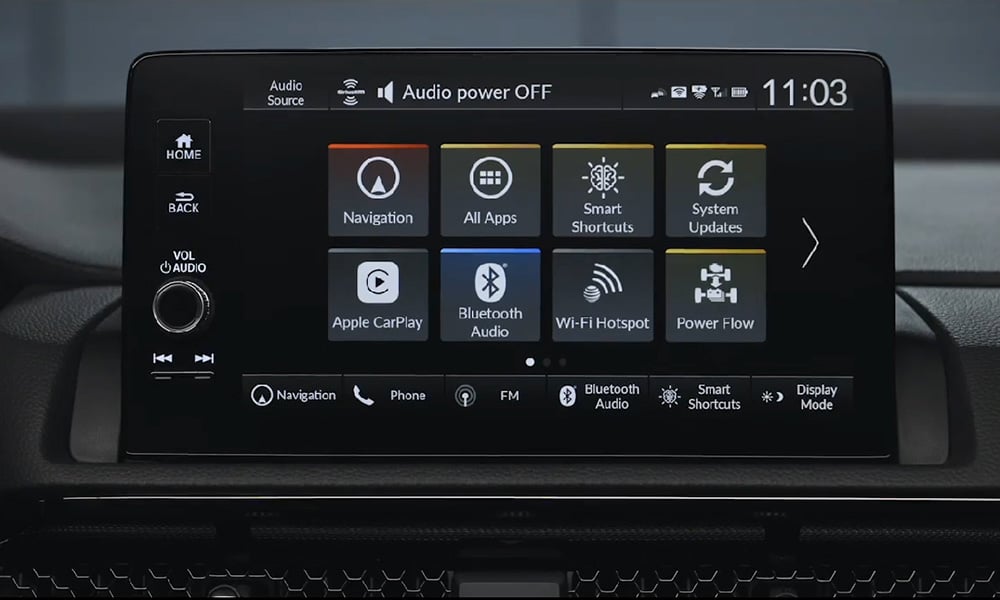
We’ve also seen how the interior ditches the wood veneer and the space-age looks for a more modern, sportier Civic-inspired cabin with the singular metal honeycomb mesh air vents, infotainment, and climate controls.
This is true, where there will be a seven-inch digital instrument cluster with a physical speedometer on the side for all variants. The infotainment screen is seven inches on the EX and Sport, but it grows to nine inches on the EX-L and the Sport Touring.
Those higher-end trims also grant you features like wireless Apple CarPlay and Android Auto, wireless charging, and leather upholstery (the lower-end Sport and the EX receive cloth trim) for the seats. The Sport Touring trim includes a 12-speaker Bose sound system.
There’s also a focus on interior space, thanks to the larger body. The rear seats have eight angles of recline and 15mm more legroom, while the Body Stabilizing front seats (which aid in reducing fatigue) accompany the largest center console bin in its class, at a massive 9L of space.
Of course, it also has 1,029L of cargo room behind the rear seats. In the EX and EX-L trims, the rear load floor can be lowered for more cargo room (1,113L, to be exact).
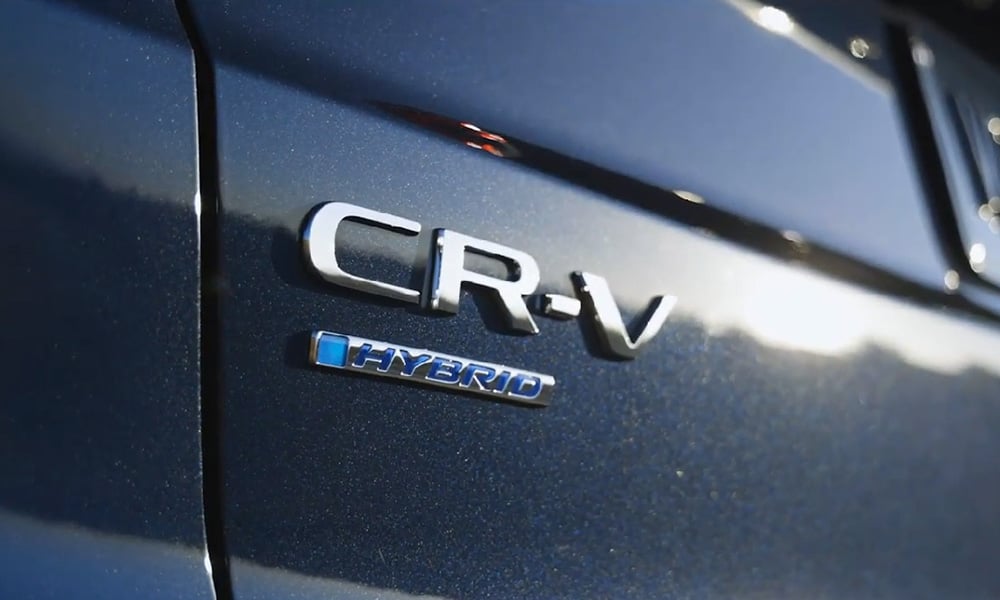
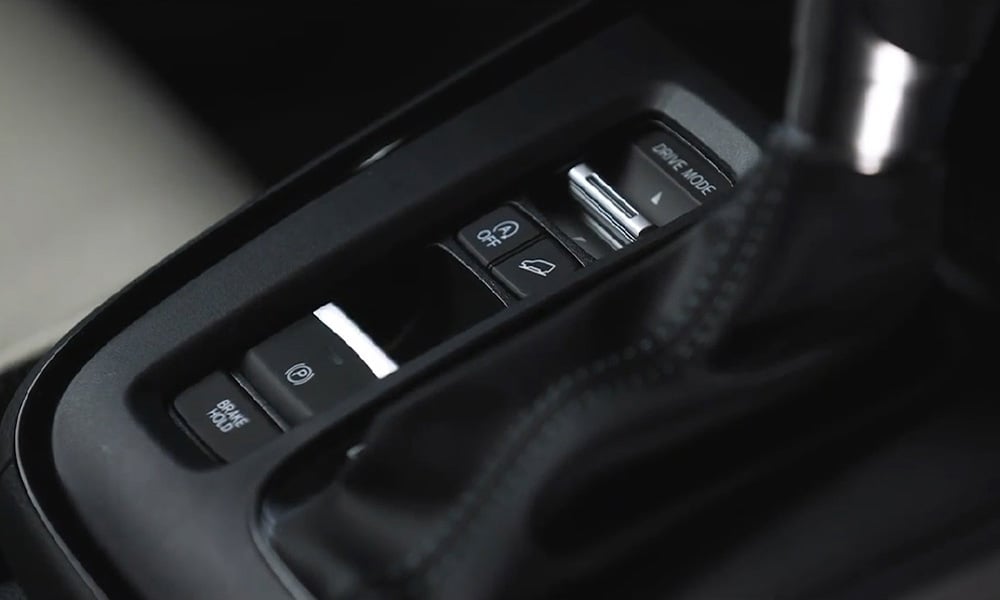
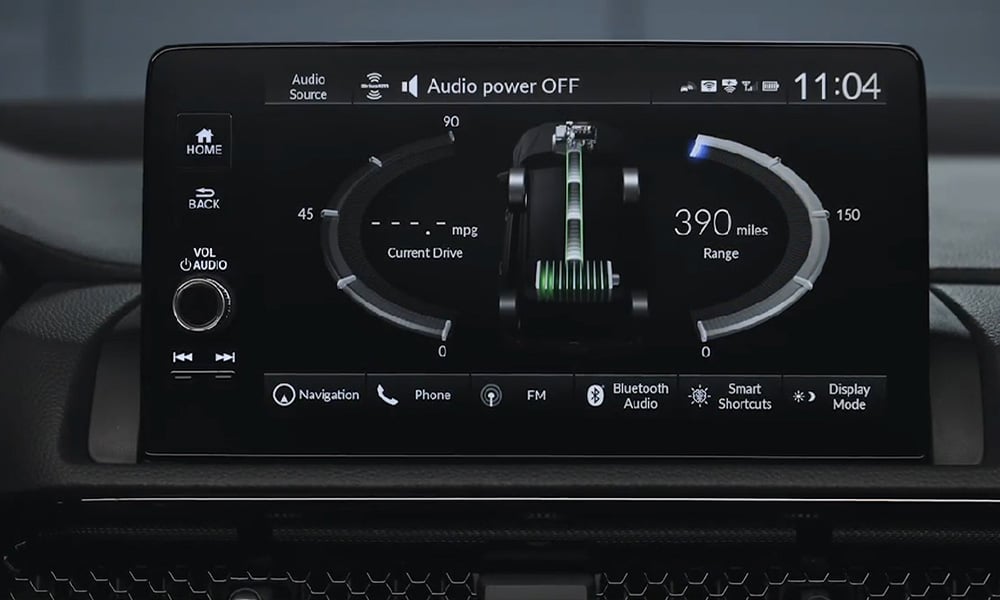
There are two engine choices. The Sport and Sport Touring trims receive a hybrid powertrain that utilizes a 2.0-liter in-line-four engine mated to two electric motors. The combined system output is a healthy 204hp (with 335Nm of torque), giving the car towing payloads of up to 454kg.
Meanwhile, the EX and the EX-L use a more conventional turbocharged 1.5-liter in-line-four mated to a CVT. Power output is 190hp (with 243Nm), and torque arrives 300rpm earlier to improve engine response.
It also has an improved AWD system, where up to 50% of engine torque is sent to the rear wheels. It also has Hill Descent Control for the first time, along with the suite of Honda Sensing safety features (which also has Traffic Jam Assist, traffic-sign recognition, and adaptive cruise control with low-speed follow).
Prices haven’t been announced yet, but the EX and EX-L variants are expected to launch in the following months in the US, with the hybrid following later in the year.


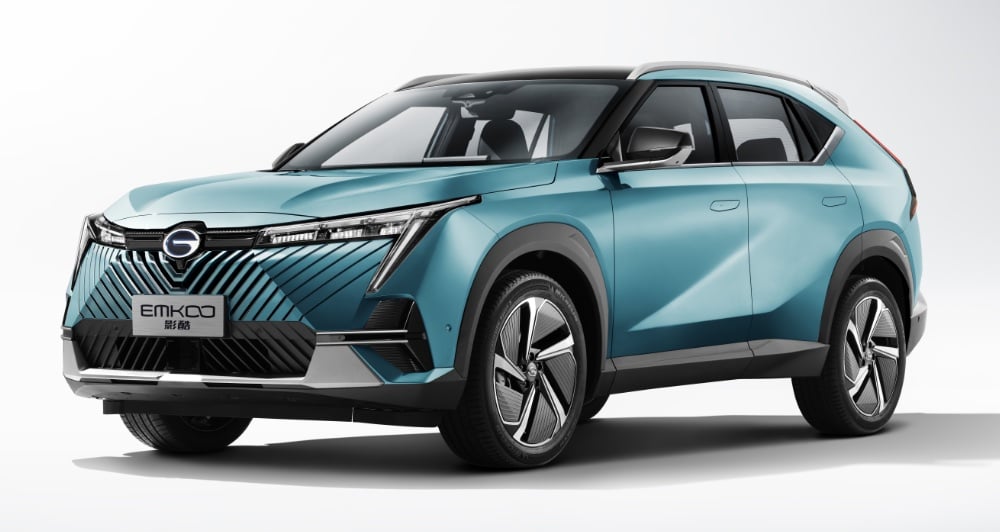
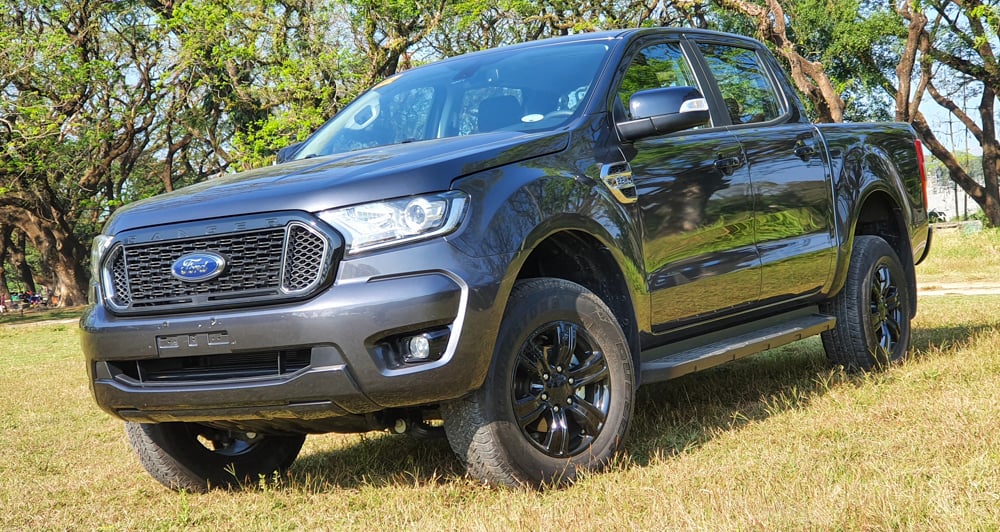

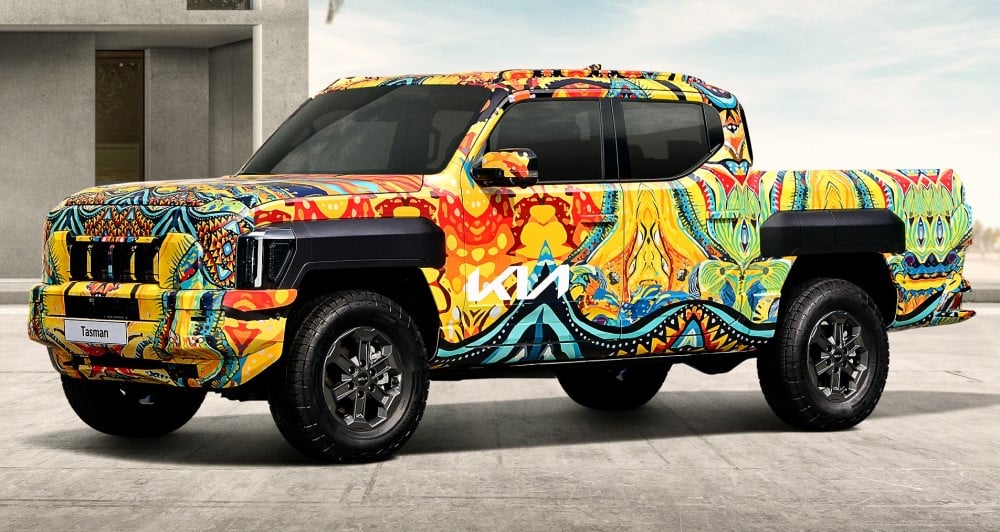

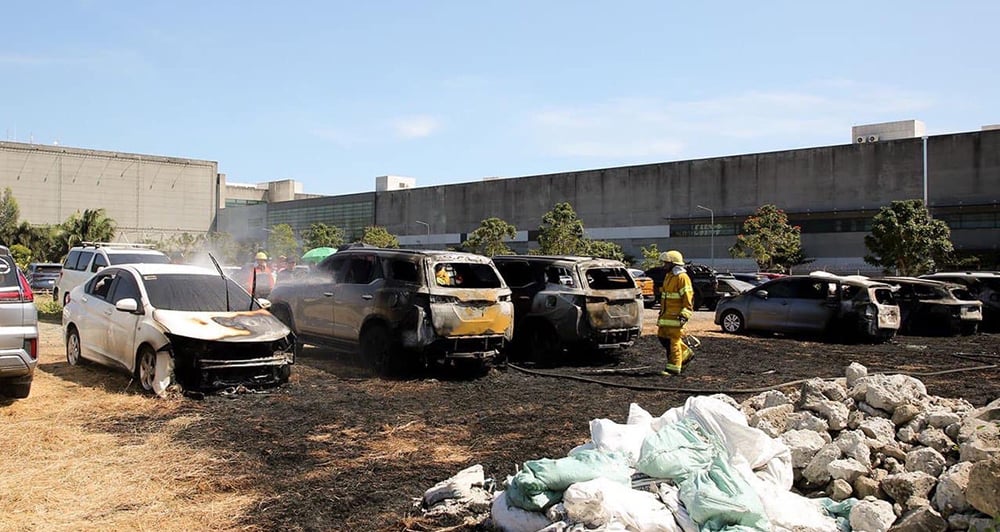
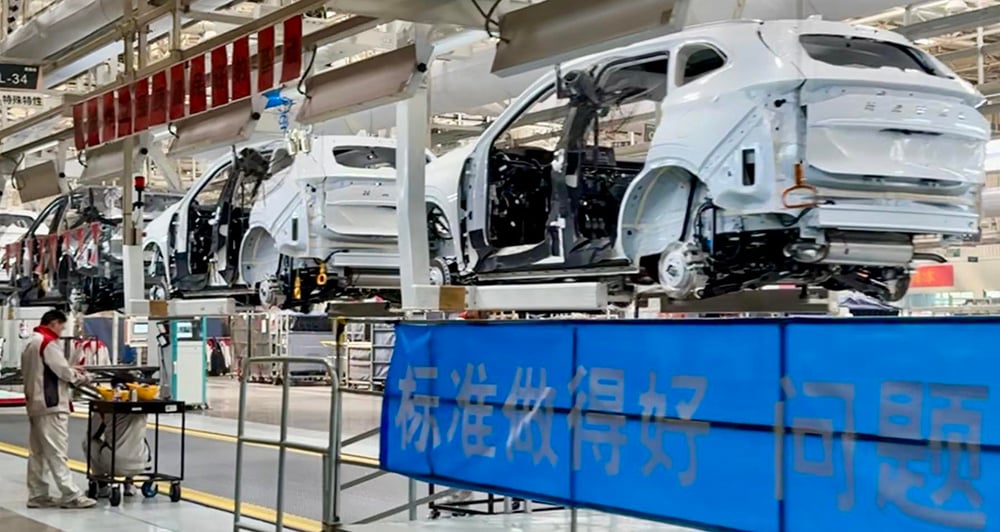
Comments